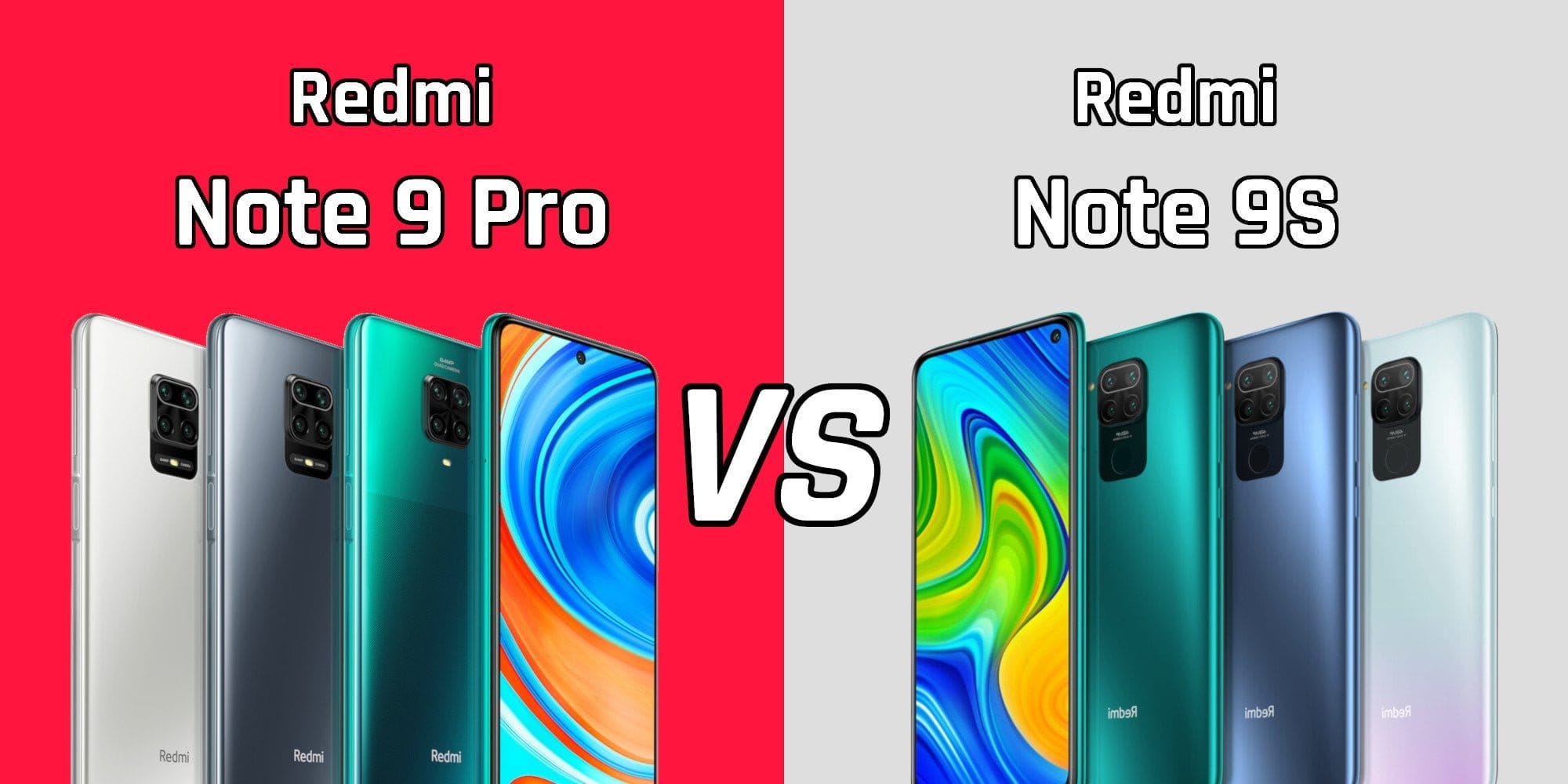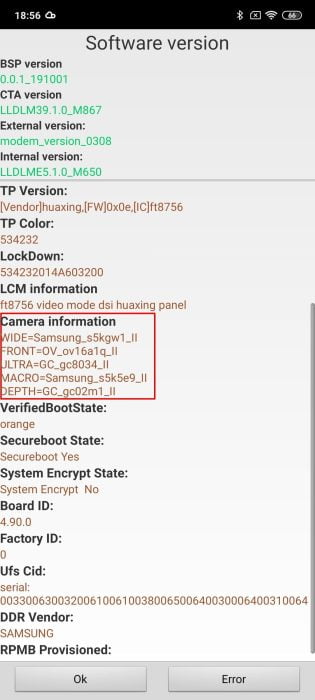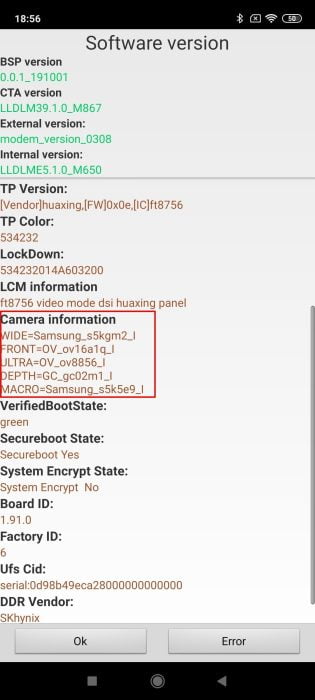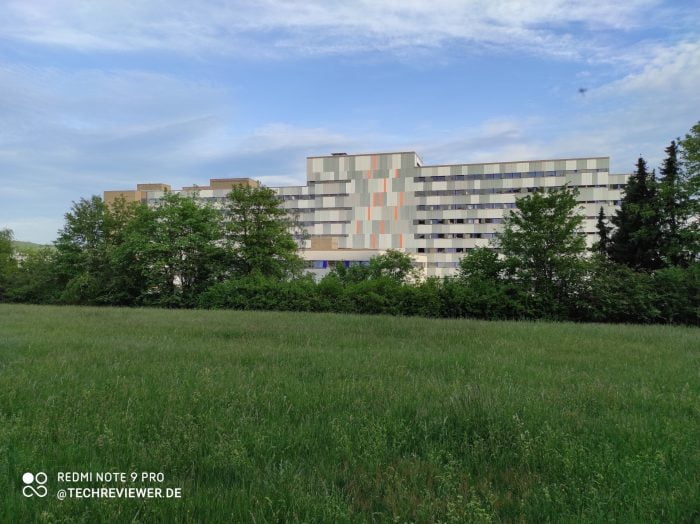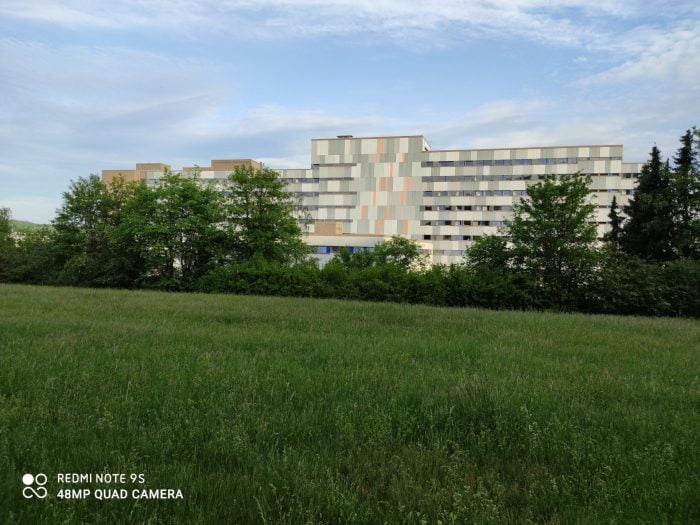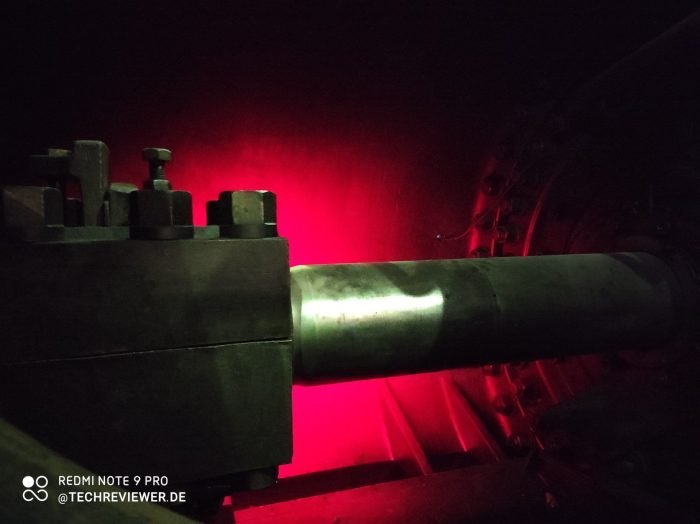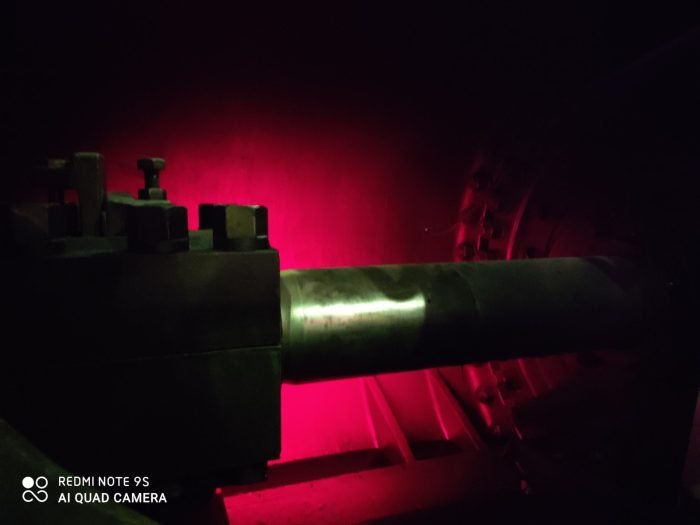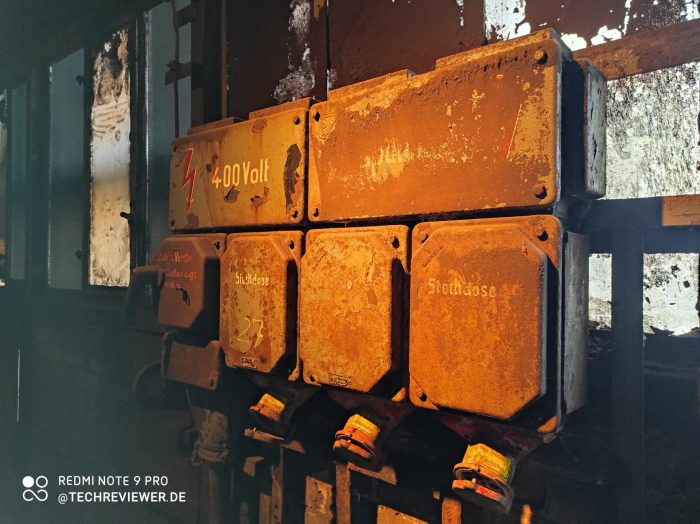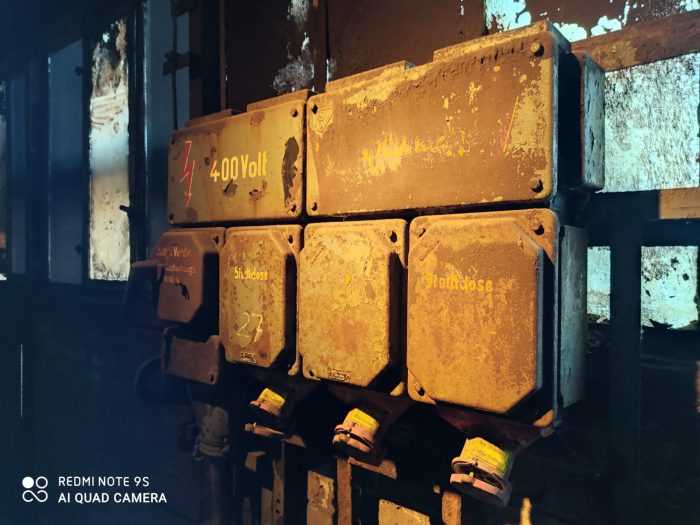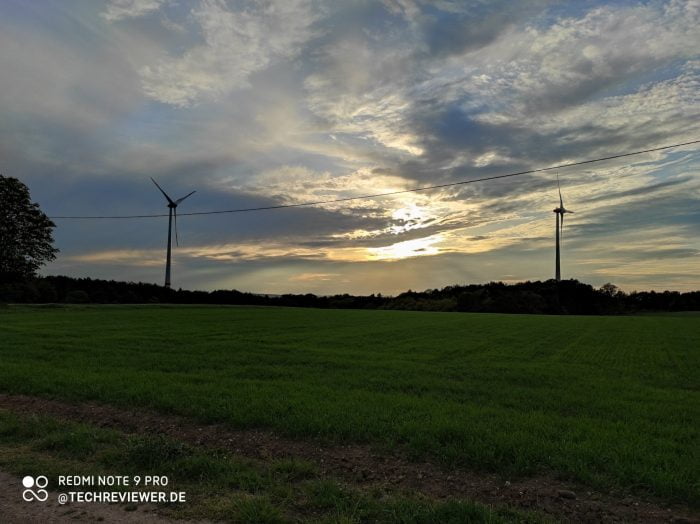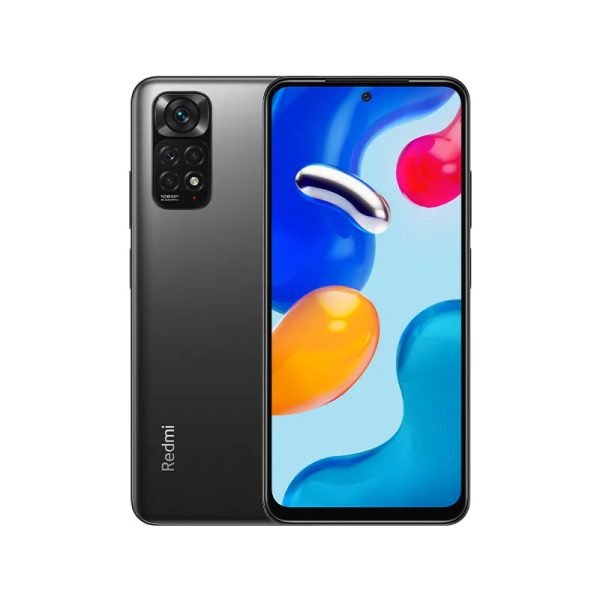Redmi Note 9 Pro vs Redmi Note 9S
1. Difference: NFC
Let's come to the first difference. The Redmi Note 9 Pro has NFC on board, the Redmi Note 9S does without NFC. The so-called “Near Field Communication” (NFC for short) is a useful radio standard that we come across more often in everyday life. NFC is probably most commonly used in contactless payments. Instead of the bank card, you simply hold your smartphone against the payment terminal. One of the most famous mobile payment payment systems is Google Pay.

In addition to contactless payment, NFC offers other advantages. Many smart home devices now support wireless transmission technology. The focus is on a particularly simple and secure exchange of data. Regardless of whether you want to connect your Bluetooth headphones by simply touching them, or bring friends into the WLAN without the hassle of entering the network key, NFC makes it possible.
2nd difference: cameras
There is another difference in the camera system. Both smartphones are equipped with a quad camera. The main sensor of the Redmi Note 9 Pro, however, has a resolution of 64 MP, that of the Redmi Note 9S with 48 MP. The following sensors are used:
64MP Samsung S5KGW1
This is the main sensor of the Redmi Note 9 Pro. The Samsung S5KGW1 (1/1.72 inch - 0.8 μm) was already able to demonstrate its qualities Realme X50 Pro prove. The sensor belongs to the ISOCELL Bright series and uses Tetracell technology. Two pairs of pixels (2x2) are provided with the same color filter and are combined to form a pixel using so-called pixel binning. The image resolution is reduced to 16MP. Theoretical advantages include higher light sensitivity with accompanying noise reduction, an extended dynamic range and increased image sharpness.
- Redmi Note 9 Pro CIT Menu
- Redmi Note 9S CIT Menu
48MP Samsung S5KGM2
The Redmi Note 9S uses the slightly smaller Samsung S5KGM2 sensor (1/2 inch - 0.8 μm). This is also part of the ISOCELL Bright series with Tetracell technology. Pixel binning reduces the resolution to 12 MP.
In addition to the main camera, the sensors of the ultra-wide-angle camera also differ. The difference is not immediately noticeable here, as both cameras use an 8MP sensor with 1.12μm pixel size. Sensor size (1/4 inch), aperture (f/2.2) and wide angle (119°) are also identical. The hidden CIT test menu (Settings - My device - All specifications - tap kernel 4x) tells us more about the sensors. Accordingly, the Redmi Note 9 Pro has an 8MP GalaxyCore GC8034 installed. The sensor on the Redmi Note 9S is an 8MP OmniVision OV8856. The rest of the sensors (macro and depth camera) are the same.
Camera comparison: How the different sensors affect the image quality can be seen from the following images.
Good lighting conditions
- Notes redmi 9 Pro
- Redmi Notes 9S
- Notes redmi 9 Pro
- Redmi Notes 9S
- Notes redmi 9 Pro
- Redmi Notes 9S
- Notes redmi 9 Pro
- Redmi Notes 9S
- Notes redmi 9 Pro
- Redmi Notes 9S
Bad lighting conditions
- Notes redmi 9 Pro
- Redmi Notes 9S
- Notes redmi 9 Pro
- Redmi Notes 9S
Portrait
- Portrait Redmi Note 9 Pro
- Portrait Redmi Note 9S
- Portrait Redmi Note 9 Pro
- Portrait Redmi Note 9S
Makro
- Macro Redmi Note 9 Pro
- Macro Redmi Note 9 p
Wide
- Normal Redmi Note 9 Pro
- Normal Redmi Note 9S
- Wide angle Redmi Note 9 Pro
- Wide angle Redmi Note 9S
Zoom
- Normal Redmi Note 9 Pro
- 2x zoom Redmi Note 9 Pro
- 5x zoom Redmi Note 9 Pro
- 10x zoom Redmi Note 9 Pro
- Normal Redmi Note 9S
- 2x zoom Redmi Note 9S
- 5x zoom Redmi Note 9S
- 10x zoom Redmi Note 9S
All pictures are in full resolution via our dropbox (Link) available.
3. Difference: quick charge function
Both smartphones have a 5020 mAh battery installed. The quick charge function makes the difference. The Redmi Note 9 Pro can be charged with up to 30 watts, the Redmi Note 9S with a maximum of 18 watts.
A suitable quick charger is included with both smartphones. A full charge of the Redmi Note 9 Pro takes about 75 minutes. The Redmi Note 9S is fully charged after approx. 105 minutes.

